Winter brings challenges for commercial property owners, with snow, ice, and cold temperatures impacting not just the look of a property but also its safety, functionality, and structural integrity.
Proper winter maintenance is essential to ensure that your property remains safe for tenants, employees, and visitors. Here are five critical areas every commercial property owner should focus on for effective winter property maintenance.
Special thanks to our insurance company partner, Northbridge Insurance, for the article idea and some of the tips used in this blog post.
1. Snow and Ice Removal from Roofs
While roofs are built to handle some accumulation of snow, it’s important not to let snow or ice build up too much. Accumulation beyond 20 cm (8 in.) can cause damage to the structure and roofing materials, lead to ice dams, and obstruct drainage, all of which increase the risk of water infiltration. Excess snow can also impair the function of control and expansion joints designed to help the building materials contract and expand during colder months.
That said, roof snow removal is a risky task. It poses hazards such as falls from heights, electrocution, and heart attacks. To safely address this issue:
- Use safe methods: Identify and control hazards, set up safety perimeters, and use proper tools like wood or plastic shovels. Avoid sharp tools or excessive heat that could damage the roof.
- Consider professional help: Engaging qualified snow removal professionals is the best way to ensure the job is done safely and efficiently. Always ask for proof of insurance coverage to protect your property and your interests.
If snow and ice accumulation is already significant, it’s best to consult a structural engineer to assess the load and prevent potential damage.
2. Winter Maintenance for Walkways and Parking Lots
Slip-and-fall incidents are one of the biggest risks during winter months. Snow and ice accumulation on sidewalks, parking lots, and around building entrances can create hazardous conditions for employees, tenants, and visitors. A well-documented winter maintenance program should include:
- Regular clearing of snow and ice: Ensure parking lots, walkways, and stairways are cleared quickly to prevent accidents. Snow should not obstruct emergency exits or pathways leading to emergency evacuation assembly points.
- Use of appropriate materials: If de-icing products such as salt are used, be careful to follow the manufacturer’s instructions to avoid damage to the property’s surfaces and prevent excessive corrosion on metal components.
- Keep a Record: as noted above, winter maintenance plans should be well documented. Keep a record of when snow and ice have been removed, the weather conditions at the time, as well as the types of materials used (e.g. de-icing products). These records can be valuable to demonstrate due diligence in keeping the area safe.
It’s essential to develop a clear plan with designated personnel responsible for timely snow and ice removal. Safety measures should include setting up a safety perimeter to keep pedestrians away from active snow removal areas.
3. Emergency Access and Fire Safety
During the winter, it is vital to ensure that routes designated for emergency vehicles, including fire trucks, remain unobstructed by snow or ice. Blocked access can delay response times in case of an emergency, putting lives at risk.
- Clear fire department access: Make sure that roads, yards, and fire lanes are always clear. Snow should not accumulate around private hydrants or fire department connections. These areas should be kept clear within a radius of at least 1.5 meters (5 feet).
- Natural gas inlet: Ensure the gas inlet area remains free from snow, ice, or other debris. This area should be cleared within a radius of at least 1 meter (3 feet) to ensure proper functioning and avoid safety risks.
By maintaining clear access for emergency services and equipment, you can prevent delays in response times and ensure that the building is prepared for any situation.
4. Contractor vs. Employee Snow Removal
Whether you hire a contractor or have employees handle snow and ice removal, it’s important to clearly define responsibilities and ensure that the work is done properly to reduce risks and liability.
- Hiring a contractor: When using a contractor for snow and ice removal, ensure that you sign a written agreement that defines the scope of work, responsibilities, and service expectations. Request a certificate of insurance to verify that the contractor’s coverage is adequate. The agreement should specify the use of de-icing products, the conditions under which they should be applied, and which areas are to be treated.
- In-house employees: For employees handling snow removal, clearly communicate the tasks, expected frequency of services, and required equipment. Document each removal task, including the time, weather conditions, and the staff involved. In the event of a slip-and-fall incident, having a documented record can protect your business from liability.
Effective documentation of snow and ice removal activities, including any incidents, is crucial to ensuring compliance with safety standards and defending against potential legal claims.
DOWNLOAD: Here is a Snow Removal Log (opens as a PDF) that can be used to document winter maintenance tasks around the property.
5. Pre-Winter Property Inspections
The pre-winter period (October-November in Ontario) is generally the best time to identify potential issues that could be compounded by snow and ice accumulation. A thorough inspection can help you address problems before they cause significant damage.
- Look for early warning signs: Check for cracks in walls, warped finishes, buckling ceilings, or doors that jam or rub against frames. These are all signs that the building may be under stress, possibly from the weight of snow on the roof.
- Address issues promptly: If these signs of stress are present, take immediate action to remove snow and ice and consult a structural engineer to assess the roof’s ability to handle the load.
Winter maintenance for commercial properties is an ongoing responsibility that requires attention to detail and planning. Prioritize snow and ice removal, maintain clear access for emergency services, ensure your property’s safety through a documented maintenance program, and address any structural concerns early on.
By taking these steps, commercial property owners can reduce the risk of damage and injuries while ensuring the safety and functionality of their buildings throughout the winter season.
. . .
Staebler Insurance is a general insurance broker specializing in car insurance, home insurance, small business insurance, and commercial insurance. Staebler Insurance Brokers proudly serve Kitchener, Waterloo, Cambridge, Guelph, Stratford, Listowel, Fergus, Elora, Wellington County, Perth County, Waterloo Region, the Greater Toronto Area, Golden Horseshoe, Niagara Region, and all over beautiful Ontario, Canada. Get a Quote to get started today.





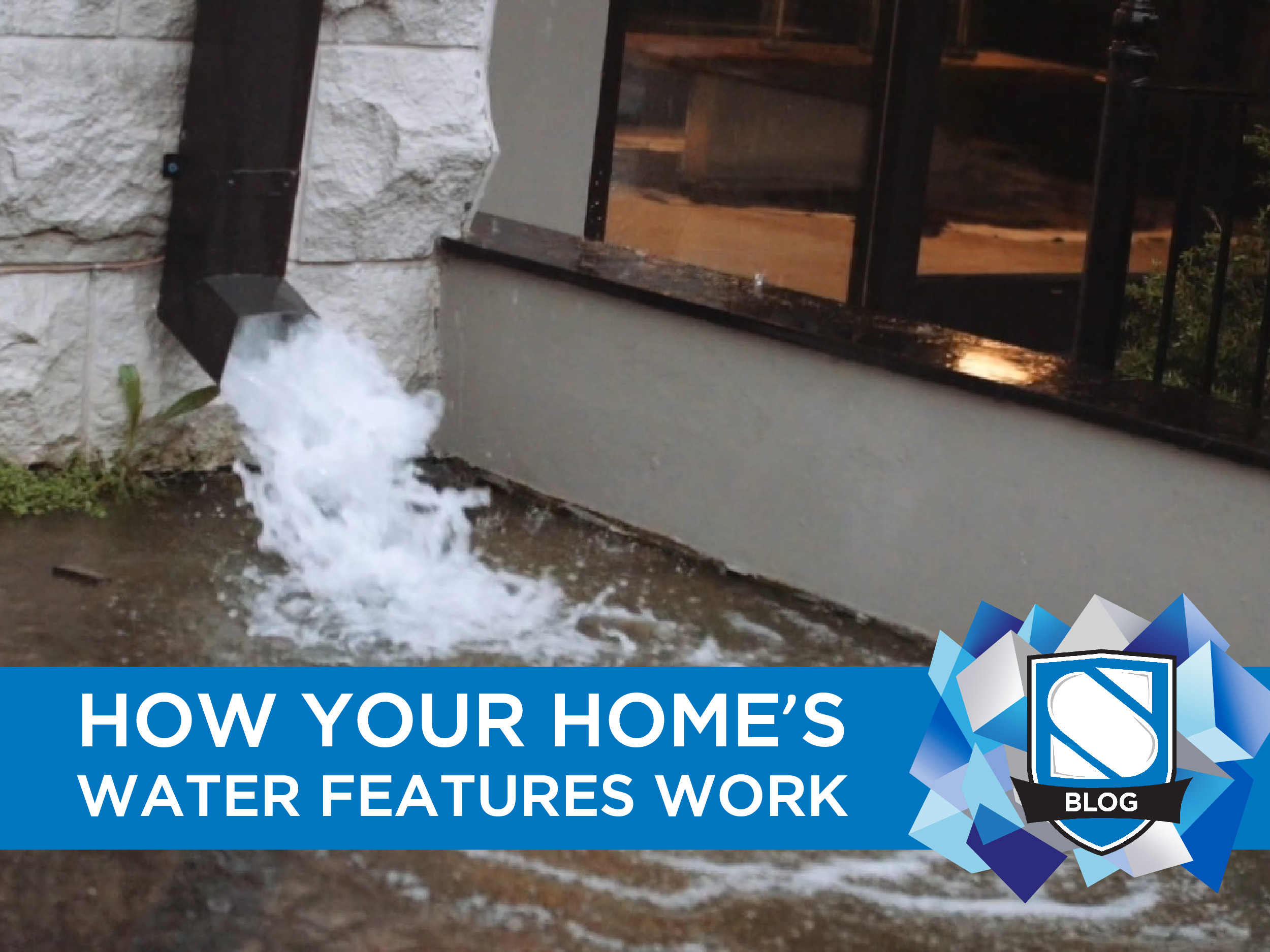


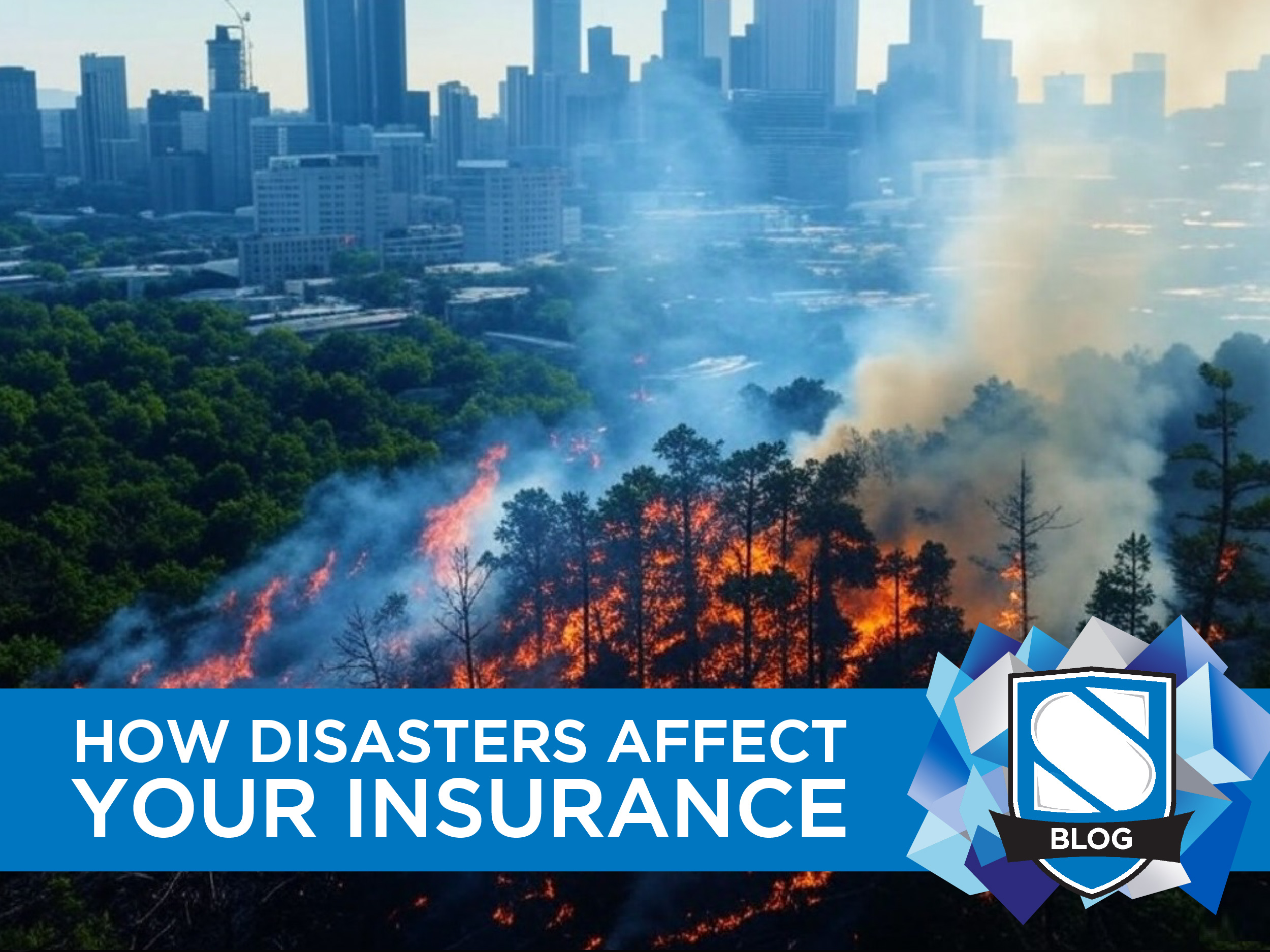
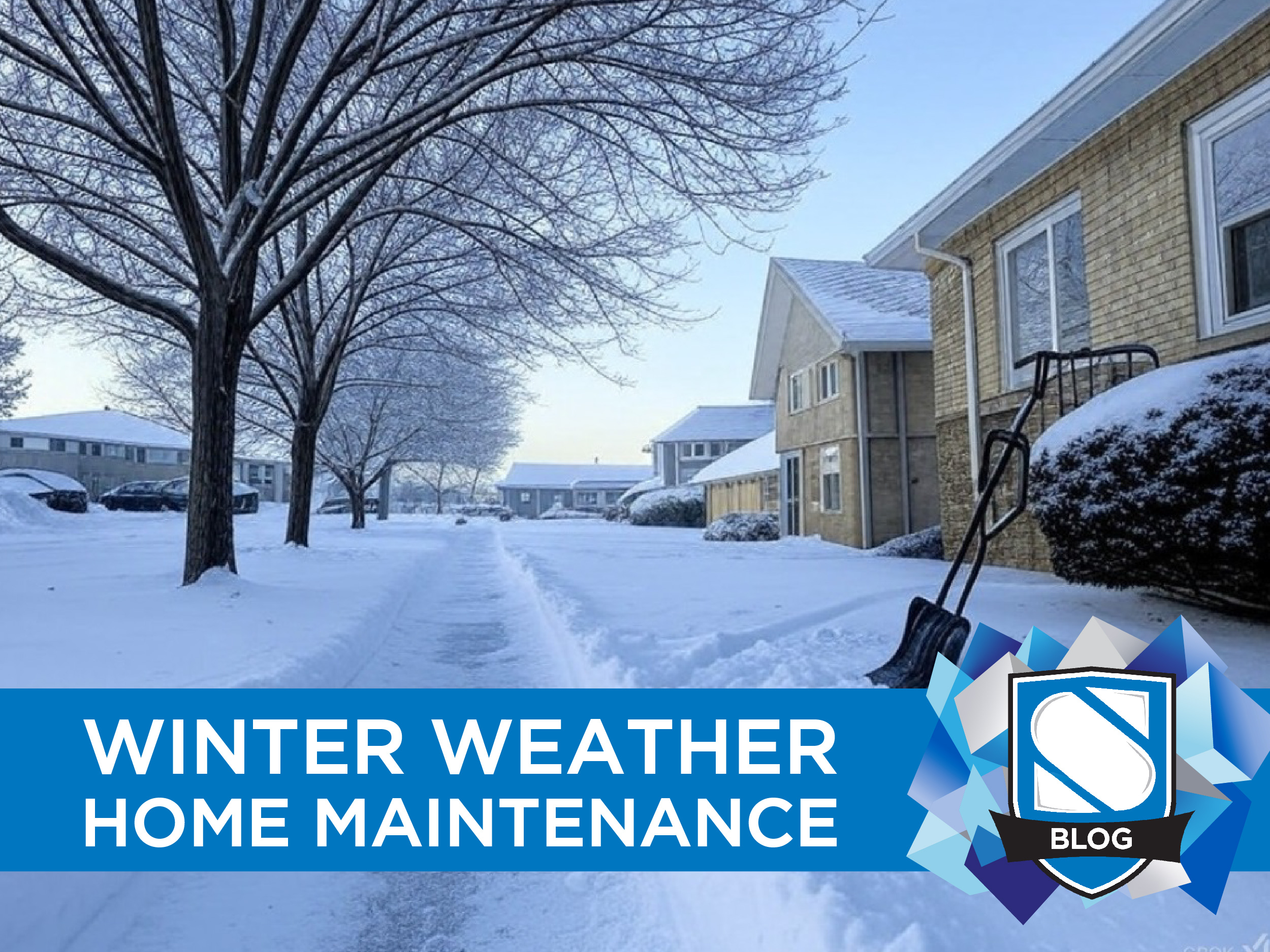
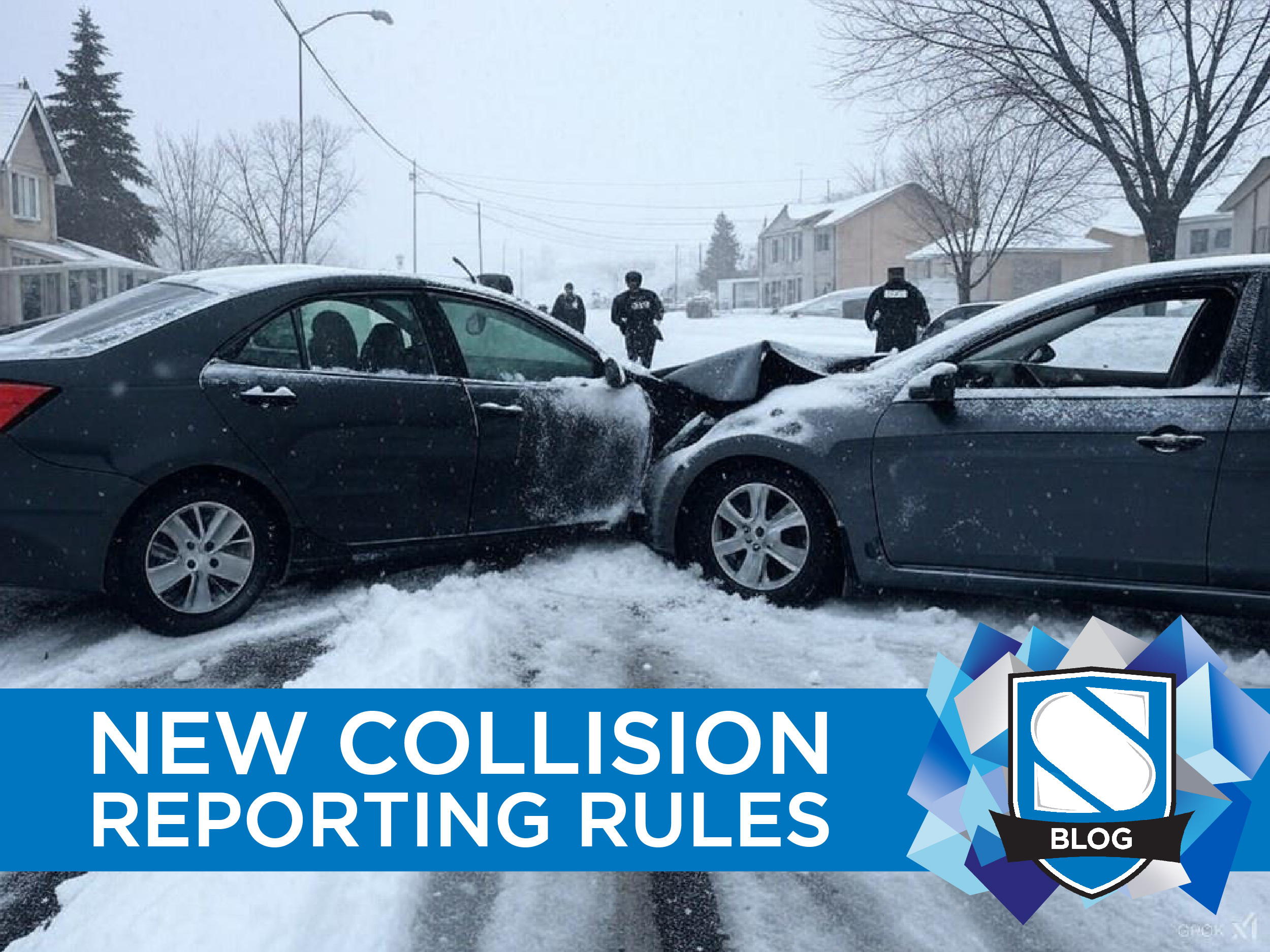
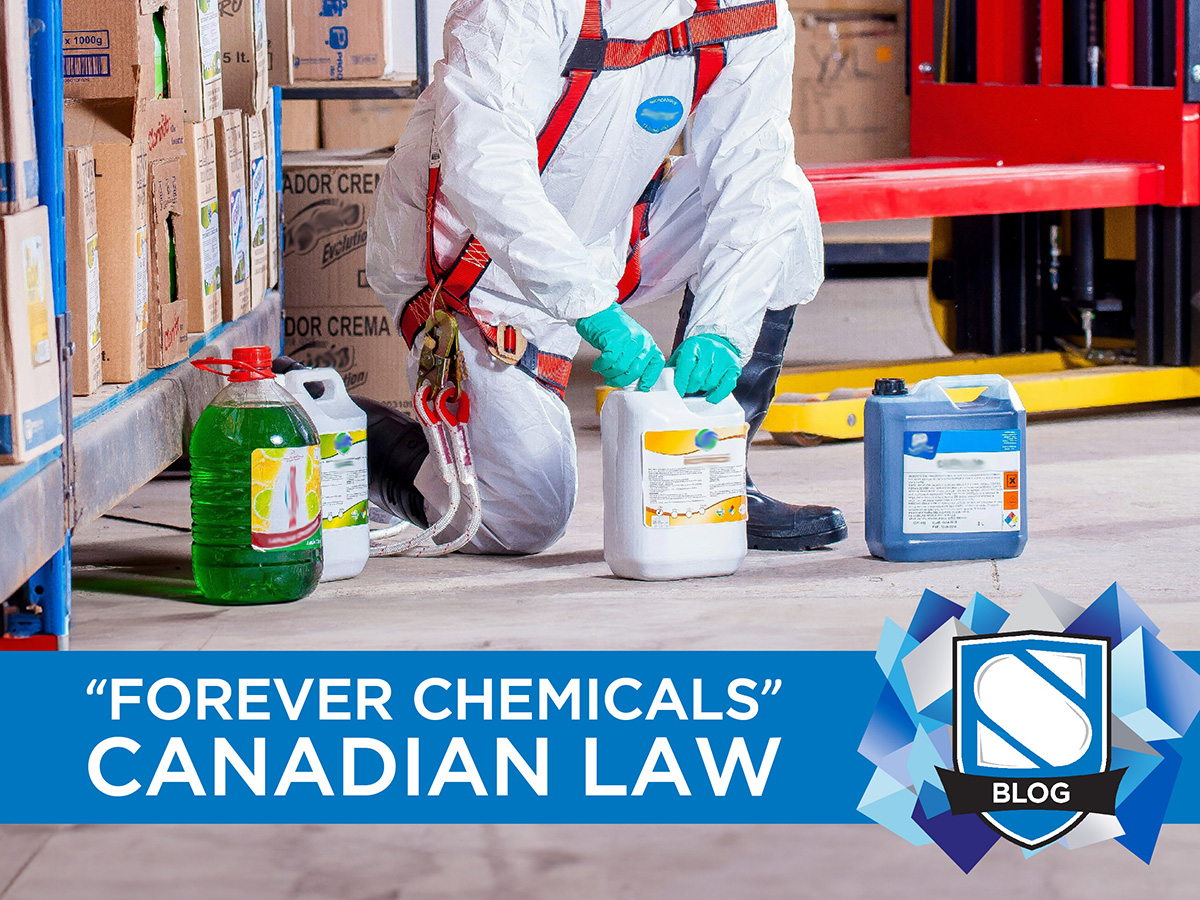

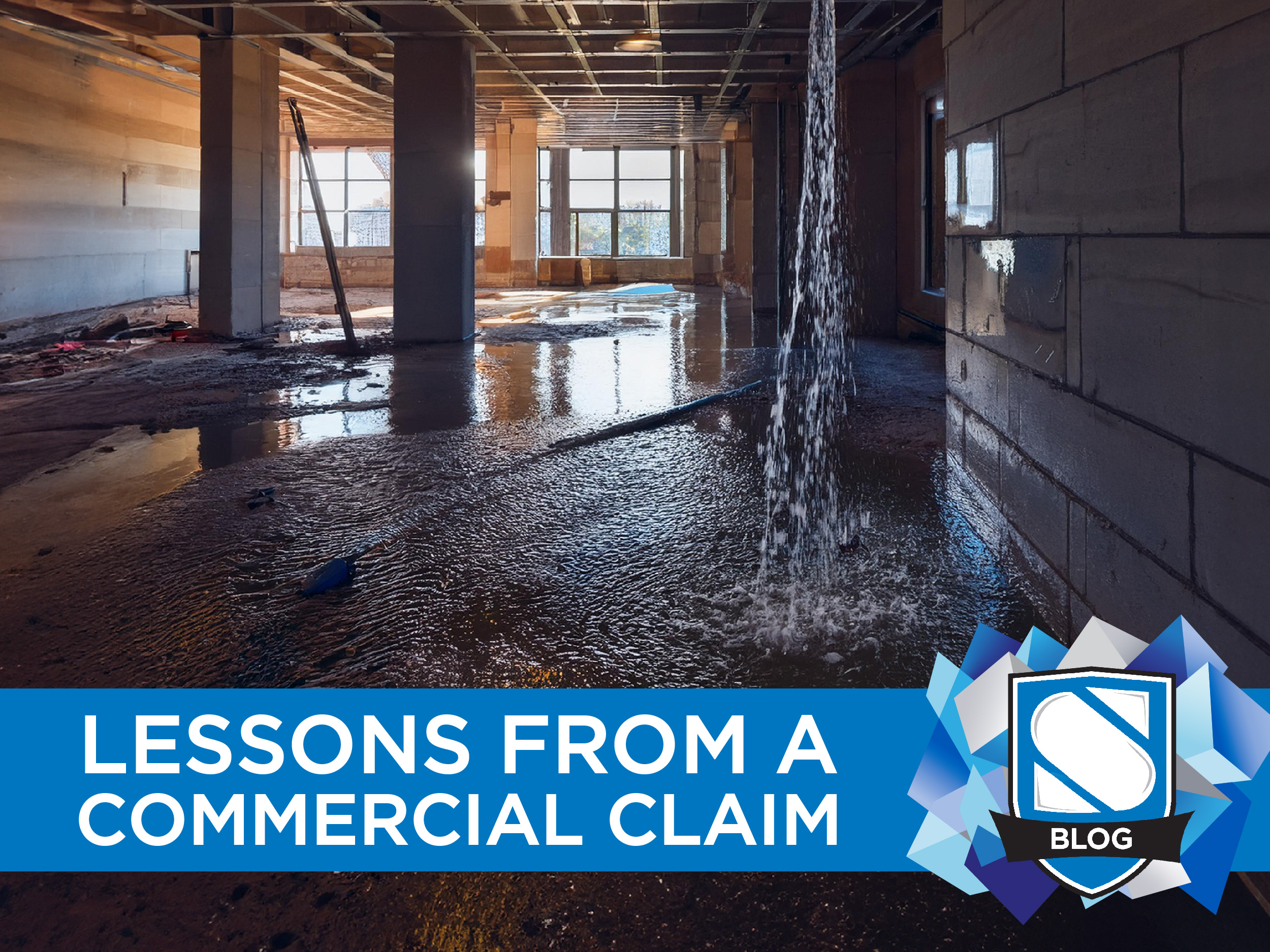
0 Comments